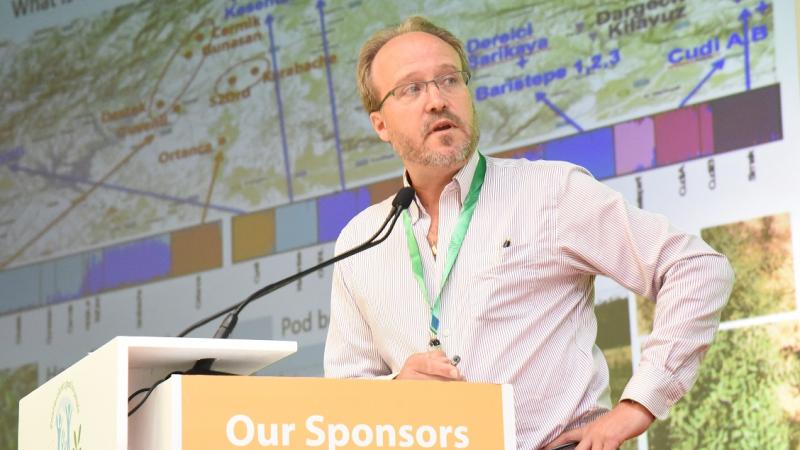Harnessing advanced crop science to raise legume productivity

Maximizing the potential of legumes so these climate-smart plants can contribute more significantly to human and environmental well-being will depend on bridging the yield gap – which against a backdrop of rapid climate change could grow even wider over the coming years. Drought, rising temperatures and the threat of pests and disease place a significant constraint on yields which small holder farmers, in particular, may struggle to overcome.
Advances in crop science offer a critical solution, and presentations during the second day of the 7th International Food Legumes Research Conference (IFLRC) revealed targeted approaches that successfully developed resilient legume varieties, demonstrating great potential in difficult conditions.
These included efforts to breed lentils with vertical nodulation and nodule clusters – associated with high nitrogen fixation; legume varieties with mature leaf concentration - a solid proxy for p-acquisition; and pea varieties with waxy leaf surfaces that help to combat heat-stress. The progress of additional efforts to screen germplasm for heat tolerance and disease-resistance in chickpeas, lentil and mung bean were also discussed.
Doug Cook of the University of California, Davis, also introduced a new USAID project which is evaluating the germplasm of two wild progenitor species of cultivated chickpea - Cicer reticulatum and Cicer echinospermum – to identify genes that contribute to abiotic stress tolerance and can be utilized in the development of climate-resilient varieties over the long-term.
Holistic adaptations to farmer conditions
Crop science can only be part of the solution, however. Improved varieties need to be introduced alongside proven management practices and technologies to be really successful – an integrated approach tailored to farmer conditions where the new crops can thrive.
One discussion focused on the potential of Conservation Agriculture: a practice that involves not plowing farmlands and leaving crop residue in fields for improved soil fertility and water conservation. Its introduction to diversified cereal-legume production systems in India strengthened soil health, reduced economic costs, and raised farmer profitability.
Utilizing pea varieties to support sustainable crop rotations was also discussed – which research found had fixed sufficient nitrogen levels in soil and reduced the need for N fertilization, thereby also reducing eco-toxicity and the greenhouse gas emissions associated with N fertilizer usage.
According to Stefanie Christmann, a researcher at ICARDA, legumes can also benefit from the presence of alternative pollinators. The shift towards monocultures in crop production, she argued, meant that many fields could no longer support pollinators. But with the right strategies in place – such as creating strips of wild plants - crop yields can increase substantially. In situations where farmers are reluctant to take land out of production financial and other incentives can be used.
Harnessing advanced technology
Finally, efforts to raise legume production can be supported by big data analytics which has the potential to transform genomics and crop breeding; enhance agronomic strategies; and refine decision-making. Wide-ranging discussions touched on geospatial data management; socio-economic data harmonization; accelerated breeding schemes; building computational infrastructures to implement genomic selections; and semantics and plant phenotyping data structuration for data analytics.
